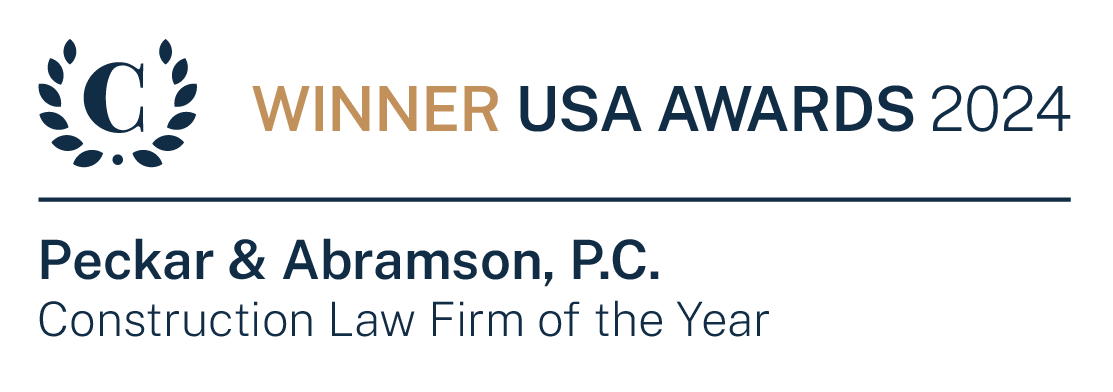Enviroconlaw Blog
Contractors and Owners Will Have an Easier Time Identifying Regulated Wetlands Following Recent U.S. Supreme Court Opinion
By: P&A
Published Date: May 30, 2023
Contractors appreciate how difficult it often is on a technical level to perform work in or near wetlands or other environmentally sensitive areas. Such work is even more difficult due to the complex, and ever-changing regulations issued by the United States Environmental Protection Agency (“EPA”) under the Clean Water Act (“CWA”). The CWA applies to “navigable waters”, which are defined as “the waters of the United States.” To determine whether certain wetlands are in fact “the waters of the United States”, contractors and owners have had to engage in a fact-intensive “significant-nexus” determination dependent upon a lengthy list of hydrological and ecological factors found in the regulations. Recently, the U.S. Supreme Court struck down the applicability of those regulations and instituted a simpler test to determine whether wetlands on an owner’s property fall within them.
In Sackett v. EPA, the Sacketts purchased property near a lake in Idaho. In preparation for building a home, they began backfilling the site with dirt and rocks. A few months later, the EPA sent the Sacketts a compliance order informing them that their backfilling violated the CWA because their property was part of protected wetlands. The EPA demanded that the Sacketts immediately undertake activities to restore the site and threatened the Sacketts with penalties of over $40,000 per day if they did not comply. According to the EPA, the wetlands on the Sacketts’ lot fell under the jurisdiction of the CWA because they were “adjacent to” (i.e., in the same neighborhood as) an unnamed tributary on the other side of a 30-foot road, which fed into the nearby lake. The EPA concluded that the Sacketts’ wetlands, when considered together with a large nearby wetland complex, significantly affected the ecology of the lake. Thus, the EPA charged that the Sacketts had illegally dumped soil and gravel into “the waters of the United States.”
The Supreme Court rejected the EPA’s interpretation. The Court found that the term “waters” in the CWA “encompasses only those relatively permanent, standing or continuously flowing bodies of water forming geographical features that are described in ordinary parlance as ‘streams, oceans, rivers, and lakes.’” Wetlands are only covered when they are “as a practical matter indistinguishable from waters of the United States, such that it is difficult to determine where the ‘water’ ends and the ‘wetland’ begins. This occurs when the wetlands have “a continuous surface connection to bodies that are ‘waters of the United States’ in their own right, so that there is no clear demarcation between ‘waters’ and wetlands.”
This decision should give much more certainty to owners, developers and contractors who need to or desire to perform construction in or around wetland areas. As the Court noted, EPA’s position had put these parties in “a precarious position because it is often difficult to determine whether a particular piece of property contains waters of the United States.” This problem often caused those involved to seek a written determination from the Army Corps of Engineers, which found that the wetlands fell under CWA jurisdiction approximately 75% of the time. After Sackett, owners, developers and contractors should be able to make quicker and less costly determinations of whether their wetlands are covered by the CWA.
For more information, please contact David J. Scriven-Young at 312.881.6300.










